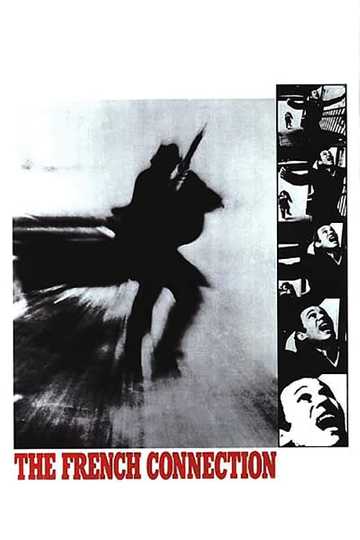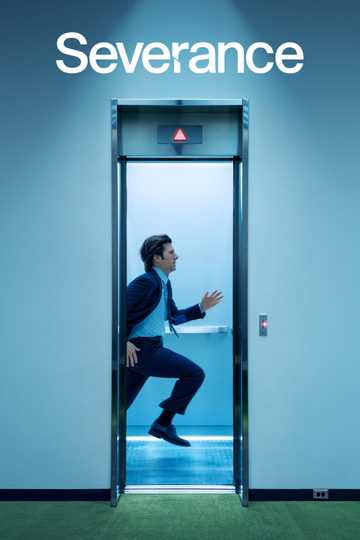Season 2 Episodes
1. Devon
Adam begins his search in Devon where he discusses the work of great British engineering innovators, such as Isambard Kingdom Brunel, Henry Moule and Thomas Savery. He also looks at the legacy of the work carried out but the famous fossil collector Mary Anning.
2. Scotland
Adam Hart-Davis goes in search of pioneers of science and invention in Scotland. He investigates the achievements of Alexander Bain, Charles Macintosh, James Clerk Maxwell, the Rev Robert Stirling and James Gregory.
3. East
Hart-Davis's journey around the country takes him to Essex, Suffolk and Norfolk. En route he re-creates a treadmill invented by William Hase for the punishment of prisoners, and makes a simple contraption that helps artists with limited skills create beautiful sketches. He relates how William Harvey discovered how blood circulates throughout the body, and he tells how William Gilbert determined that the earth is a magnet. Plus the story of ship's captain Robert Fitzroy whose weather warnings were published in The Times in the mid-19th century and led to the modern forecast, but who committed suicide after his accuracy was questioned in the House of Commons.
4. North East
In Tyne and Wear Adam Hart-Davis re-creates the device conceived by Whitley Bay's Gladstone Adams. Travelling home from the FA Cup final, Adams had to fold down his windscreen in order to cope with a snowstorm. He realised there must be a better way to drive in bad weather, and invented the windscreen wiper. Stockton-on-Tees, Cleveland, Hart-Davis discovers, is the site of the invention of the friction match, devised by accident by John Walker. The cycling scientist also dismounts to build a steam turbine in the kitchen of its inventor's house, and to make a light bulb to celebrate its Gateshead creator.
5. Wales
On a visit to Wales cycling scientist Adam Hart-Davis gets bogged down on the road to Holyhead. Fortunately, one of his heroes is the great road builder Thomas Telford, so Hart-Davis is able to rebuild the road using scientific principles. He also finds out more about the reclusive inventor who claimed his death ray could kill a rat at 64 feet; the bonesetters of Anglesey, whose extraordinary skill was passed down through four generations; and Robert Recorde who invented the equals sign. In Merthyr Tydfil, where the first railway locomotive was run 25 years before George Stephenson's Rocket. Hart-Davis celebrates its inventor, the Cornish wrestler Richard Trevithick.
6. South East
Cycling scientist Adam Hart-Davis visits London, where he re-creates a device invented by Hertha Ayrton to clear trenches of poison gas during the First World War. On the Thames he tests a 21ft megaphone, which Samuel Morland, the master mechanic to Charles I invented to conduct long-distance conversations. Hart-Davis views the work of Eleanor Coade, whose artificial stone can be seen all over the city, including the huge lions on Westminster Bridge. He also tests swimming umbrellas, designed to help people attain greater speeds in the water, and makes his own version of carbon paper, first developed by a London stationer. Last in the series.





















